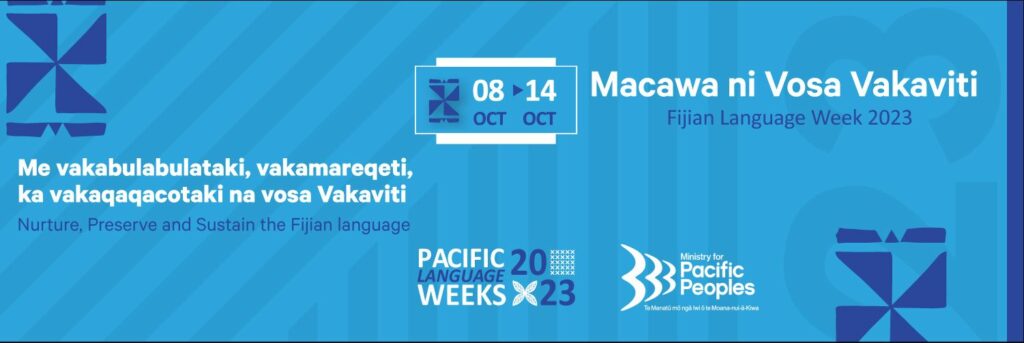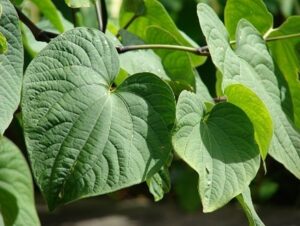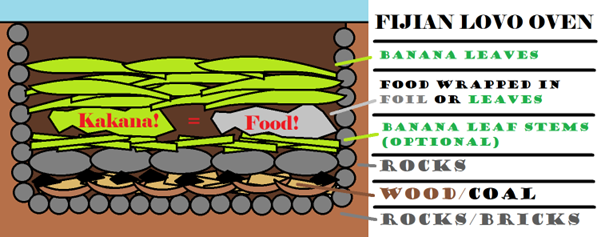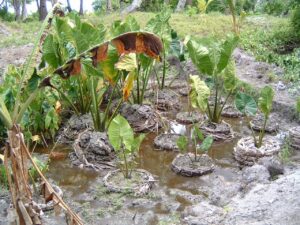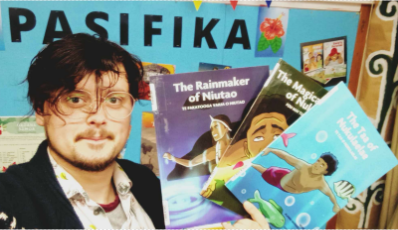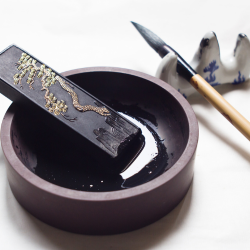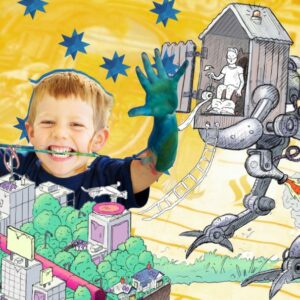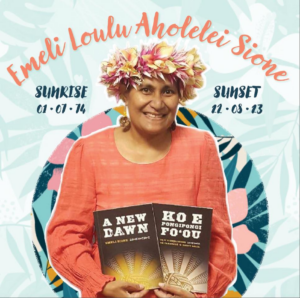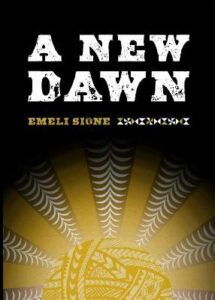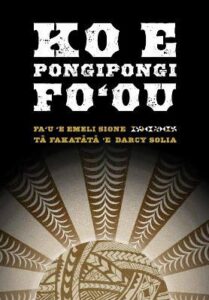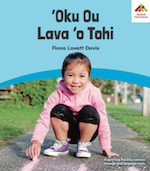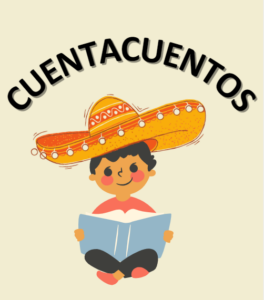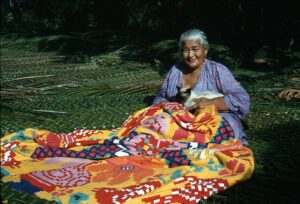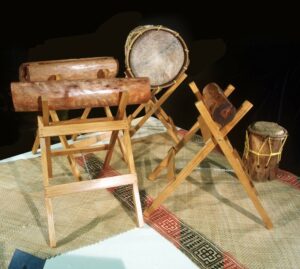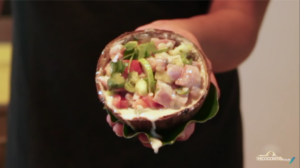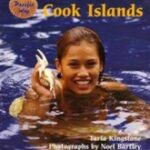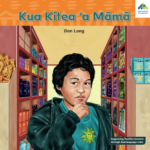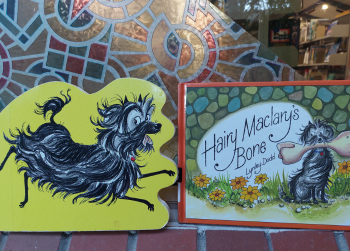Read this post in Simplified Chinese!
Read this post in Traditional Chinese!
Da Jia Hao! Neih Hou! 大家好! 你好! This year, we are going to observe Chinese Language Week, a celebration that aims to raise the profile of Chinese languages in New Zealand, from the 17th of September to 23rd of September! Chinese languages are beautiful and special languages. The Chinese characters not only tell you how to say a word, but also show you its meaning. Even more incredible, is the history of written Chinese languages can be traced back to the Shang Dynasty (1766 – 1122BC). It is one of the oldest written languages in the world.
There are 302 dialects in the Chinese language, and different places have their own mother tongue. For example, you will hear Shanghainese in Shanghai, or Sichuanese in Sichuan. Most people in Hong Kong speak Cantonese, and in Taiwan, people use Taigi. If you go to Malaysia or Singapore, you’ll find people who speak Hokkien, Cantonese and Hakka! Here in New Zealand, most Chinese speakers use Yue or Cantonese, followed by Mandarin.
Chinese characters can be divided into Simplified Chinese characters and Traditional Chinese characters. Simplified Chinese characters were developed from Traditional Chinese characters. Simplified Chinese is written from left to right, just like English script. However, Traditional Chinese is written from right to left, and it should be read from top to bottom. Today, Simplified Chinese characters are widely used in China, Malaysia, Singapore, while Traditional Chinese characters are primarily used in Taiwan, Hong Kong, and Macau.
Library Events
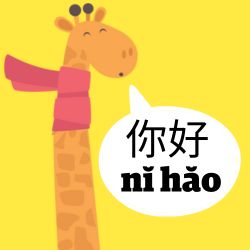 Mandarin Storytime – 10.30 – 11.00am, Sunday 17 September
Mandarin Storytime – 10.30 – 11.00am, Sunday 17 September
Te Awe Library, 29B Brandon Street, Wellington.
To celebrate Chinese Language Week we have a special preschool storytime in Mandarin – we’d love to see you there!
Newtown Library, 13 Constable Street, Newtown.
Fun stories, ancient poetry, songs and rhymes for children aged 4-8 years old with their caregivers.
Karori Library, 247 Karori Road, Karori.
We are happy to announce a Chinese Storytime to celebrate Chinese Language Week of 2023. The session will be in Mandarin and English!
Get ready for engaging storytelling, ancient Chinese Tang poems, exciting songs that will entertain the whole whānau.
Newtown Library, 13 Constable Street, Newtown.
Come and experience Chinese Calligraphy. Grind your own ink and use writing brushes for the first time. Let’s learn together.
Mervyn Kemp (Tawa) Library, 158 Main Road (Cnr Cambridge Street & Main Road), Tawa.
Celebrate Chinese Language Week with a special storytime in Cantonese, Mandarin, and English. Recommended for children aged 2+ years with their caregivers.
Johnsonville Library, 34 Moorefield Road, Johnsonville.
Celebrate Chinese Language Week with a special storytime in Cantonese, Mandarin, and English. Recommended for children aged 2+ years with their caregivers.
Johnsonville Library, 34 Moorefield Road, Johnsonville
Join us at the library to learn about and try your hand at traditional Chinese painting. Our expert will share his traditions and techniques with you, then you can try creating your own artwork! Recommended for children aged 8+ with their caregivers.
Karori Library, 247 Karori Road, Karori
Join us at the library to learn about and try your hand at traditional Chinese painting. Our expert will share his traditions and techniques with you, then you can try creating your own artwork! Recommended for children aged 8+ with their caregivers.
Te Awe Library, 29b Brandon Street, Wellington Central
Join us at the library to learn about and try your hand at traditional Chinese painting. Our expert will share his traditions and techniques with you, then you can try creating your own artwork! Recommended for children aged 8+ with their caregivers.
Books in English
To celebrate Chinese Language Week, do not forget to check our children’s collection. We have a wide range of books in the junior fiction and non-fiction section and picture books introducing Chinese customs and culture:
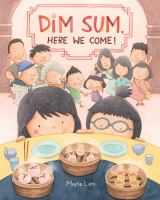 Dim sum, here we come / Lam, Maple
Dim sum, here we come / Lam, Maple
“Today is Sunday and that means its dim sum time with my whole family! I can’t wait to see everyone, especially Grandma. I’m going to eat lots of shrimp dumplings, rice noodle rolls, egg tarts, and my favourite–char siu buns. We will have to order enough for us all to share. So what are you waiting for? Dim sum, here we come!” (Catalogue)
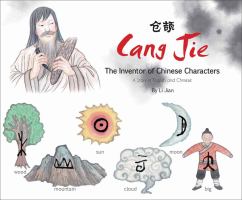 Cang Jie : the inventor of Chinese characters / Li, Jian
Cang Jie : the inventor of Chinese characters / Li, Jian
“In ancient times under the reign of Yellow Emperor (about 2500 B.C.), people kept records by piling stones and tying knots. One day, Cang Jie, a historical official who tied knots to keep records under Yellow Emperor, unexpectedly made a big mistake. Feeling very guilty, he was determined to find out a better way for keeping records. […] In this multicultural children’s story, kids will find out that there is a story behind every Chinese character. Children will also learn about basic Chinese characters and how to make them.” (Adapted from Catalogue)
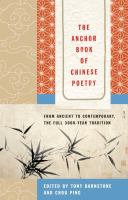 The Anchor book of Chinese poetry
The Anchor book of Chinese poetry
“Unmatched in scope and literary quality, this landmark anthology spans three thousand years, bringing together more than six hundred poems by more than one hundred thirty poets, in translations-many new and exclusive to the book-by an array of distinguished translators. Here is the grand sweep of Chinese poetry, from the Book of Songs-ancient folk songs said to have been collected by Confucius himself-and Laozi’s Dao De Jing to the vividly pictorial verse of Wang Wei, the romanticism of Li Po, the technical brilliance of Tu Fu, and all the way up to the twentieth-century poetry of Mao Zedong and the post–Cultural Revolution verse of the Misty poets. […] The Anchor Book of Chinese Poetry captures with impressive range and depth the essence of China’s illustrious poetic tradition.” (Adapted from Catalogue)
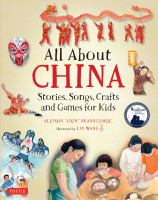 All about China : stories, songs, crafts and games for kids / Branscombe, Allison
All about China : stories, songs, crafts and games for kids / Branscombe, Allison
“Take the whole family on a whirlwind tour of Chinese culture and history with this award-winning, delightfully illustrated book complete with stories, activities, and games. This Chinese children’s book is perfect for educators and parents wishing to teach kids about this fascinating Asian country. Travel from the stone age through the dynasties to the present day with songs and crafts for kids that will educate them about Chinese language and the Chinese way of life.” (Catalogue)
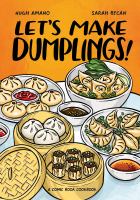 Let’s make dumplings! : a comic book cookbook / Amano, Hugh
Let’s make dumplings! : a comic book cookbook / Amano, Hugh
“Includes dumpling history and lore, this comic book cookbook invites readers to explore the big little world of Asian dumplings and proves that intricate folding styles and flavourful fillings are achievable in the home kitchen.” (Catalogue)
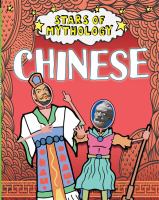 Chinese / Dickmann, Nancy
Chinese / Dickmann, Nancy
“This book takes a light-hearted look at the characters and creatures from the Chinese mythological stories. These myths come from different cultural groups, and they include stories about how the world came to be, as well as folk tales and stories with a religious message. The stories are full of gods, monsters, animals, ghosts and nature spirits. The book is structured as a ‘Who’s Who’ of the culture’s myths and legends and has a gossipy, informal tone, allowing the characters’ personalities to come through.” (Adapted from Catalogue)
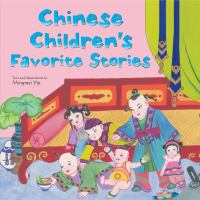 Chinese children’s favorite stories / Yip, Mingmei
Chinese children’s favorite stories / Yip, Mingmei
“A collection of children’s legends and tales from China. This volume of beloved Chinese stories contains a delightful selection from the rich store of Chinese folklore and legend. Discover the many delightful animal characters as well as Chang-E, the famous Eight Immortals, and Guan Yin, goddess of compassion. Retold for an international audience, the beautifully illustrated stories will give children aged six to ten in other countries a glimpse into both the tradition and culture of China.” (Catalogue)
Books in Mandarin
We also have a good amount of books in Mandarin that can let you practice your Mandarin! Check out some of our favourites below, or visit the catalogue to find more children’s books in Chinese languages!
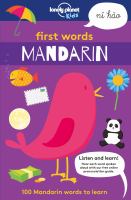 First words. Mandarin / Mansfield, Andy
First words. Mandarin / Mansfield, Andy
“Bring the Mandarin language to life with this beautifully illustrated children’s book from Lonely Planet Kids, an imprint of Lonely Planet, the world’s leading travel guide and phrasebook publisher. Perfect for the whole family, First Words Mandarin features 100 words to use while travelling, from food and transport, to animals and weather. Each word is accompanied with a bold illustration and a simple pronunciation guide to make the vocabulary fun and easy to learn.” (Adapted from Catalogue)
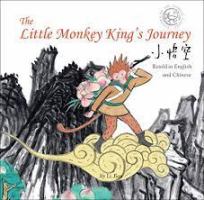 The little monkey king’s journey = Xiao Wukong / Li, Jian
The little monkey king’s journey = Xiao Wukong / Li, Jian
“Long, long ago, a little Monkey was born from an old magic stone which suddenly cracked open after lying in the sunlight and moonlight for thousands of years. Although he was an orphan, the Little Monkey was extremely talented. Fortunately, the Monkey King in the mountain adopted him. […] During his journey, with the help from the Immortal Turtle, the Phoenix, the Dragon King and the Immortal, the Little Monkey gained a powerful body. Could he eventually save the life of the Monkey King?” (Adapted from Catalogue)
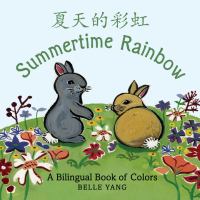 Xia tian de cai hong = Summertime rainbow / Yang, Belle
Xia tian de cai hong = Summertime rainbow / Yang, Belle
“In this story presented in both English and Chinese, bunnies hop through the meadow on a beautiful summer day, spotting blue sky, white clouds, yummy green grass, and other colorful sights.” (Catalogue)
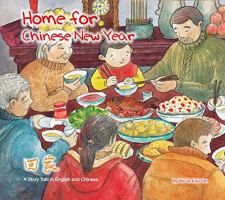 Home for Chinese New Year : a story told in English and Chinese / Wei, Jie
Home for Chinese New Year : a story told in English and Chinese / Wei, Jie
“The Chinese New Year is a time for family reunions. This Chinese children’s story tells a delightful trip with lots of cultural details along the way! Jia Jun’s Dad worked out of town all year around. Now it’s time for him to come home. He took a train, bus, three-wheeled motorcycle, ferry-boat and even walked for many miles. He finally made it home and had a reunion dinner with his family on New Year’s Eve. […] In a few days, Dad was ready to head back to work, but it was certain that Dad would be home again next year to celebrate the Chinese New Year with his family.” (Adapted from Catalogue)
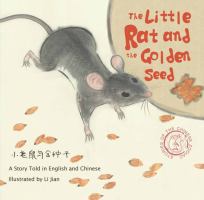 Xiao lao shu yu jin zhong zi = The little rat and the golden seed : a story in English and Chinese / Li, Jian
Xiao lao shu yu jin zhong zi = The little rat and the golden seed : a story in English and Chinese / Li, Jian
“Age range 5+ Learn how the clever Little Rat earned his place as one of the Chinese Zodiac Animals. This adorable Chinese-English bilingual children’s book tells the story of the Little Rat and the Grandpa — unlikely allies who embark on an adventure to find a golden seed. They encounter rough seas, fierce guards and tall mountains, but — in the end — bring home a golden rice seed and save the village from going hungry.” (Catalogue)
Start your own Chinese language adventure at the library today!
– Thanks to Wei Jing, Kirk & Isabel for creating this blog post
